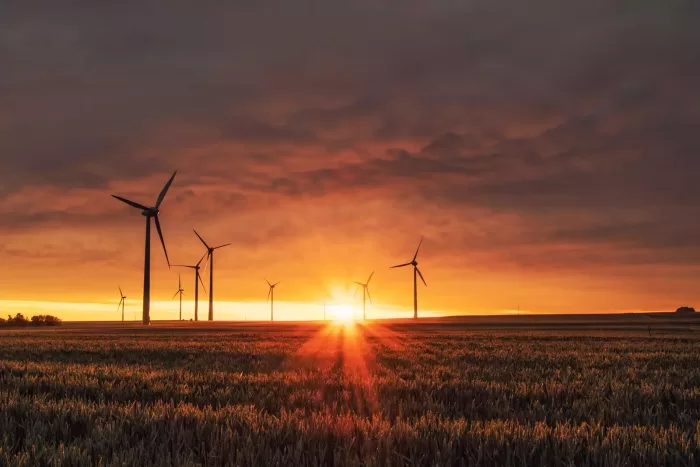by Sumant Sinha, Chairman and Chief Executive Officer, ReNew Power
For World Economic Forum.
Photo Caption: India will have to tailor its battery storage adaptation to its own needs.
Image: Unsplash/Karsten Würth
- India is racing to meet its 2030 climate goal by boosting renewable energy generation, requiring flexible battery storage systems to ensure simultaneous stability.
- Its renewable energy ambitions will, in tandem, create jobs and boost the economy.
- Challenges include keeping up with the rapid expansion of solar and wind assets; overcoming these will involve getting raw materials right, encouraging investment by recognizing batteries’ various use cases, and overcoming the burden of heavy taxes.
India is currently looking to rapidly boost its renewable energy (RE) generation from the current 12-13% to over a third of total generation to meet its climate goals by 2030. However, while doing so, it must actively plan for the vagaries of the natural energy sources to ensure stability and flexibility in its expanding national grid.
This planning must include flexible storage systems that absorb, store and then reinject electricity into the grid according to requirements. The case for this is urgent and massive: In less than nine years from now, India will be adding an unprecedented ~300 GW of renewables to meet its 2030 climate goal of 500 GW of non-fossil fuel electricity capacity.



